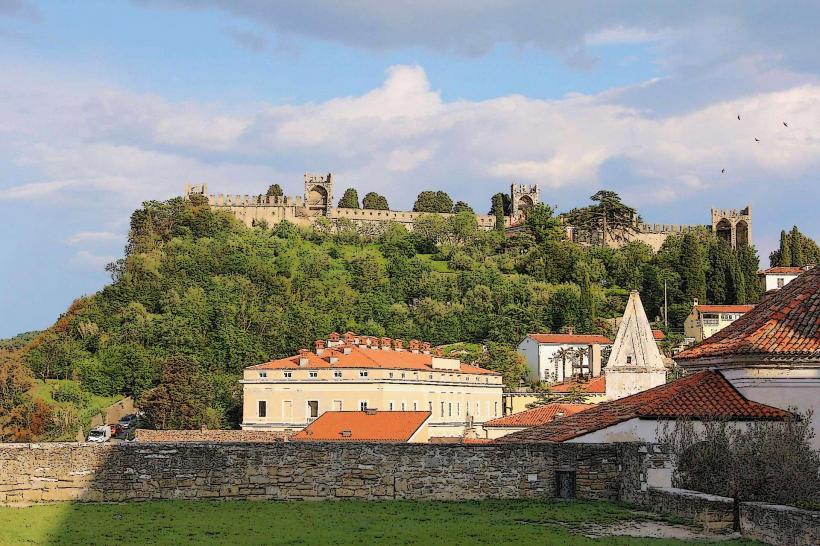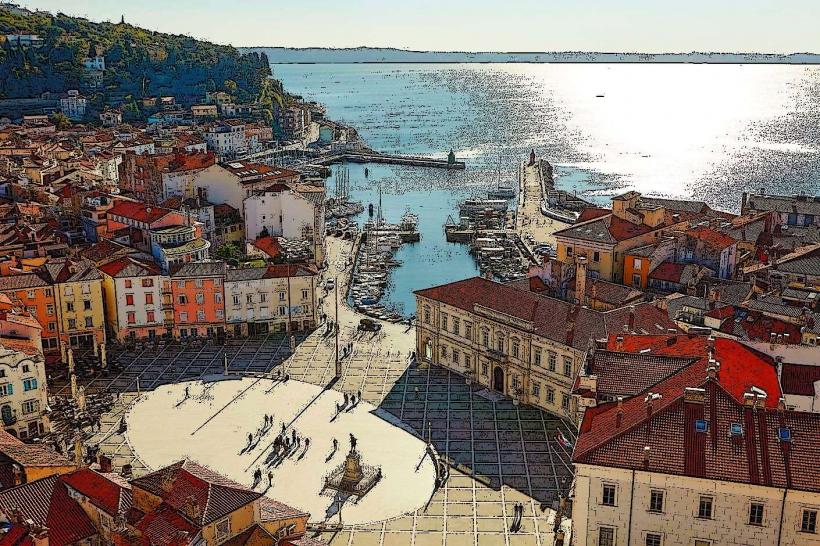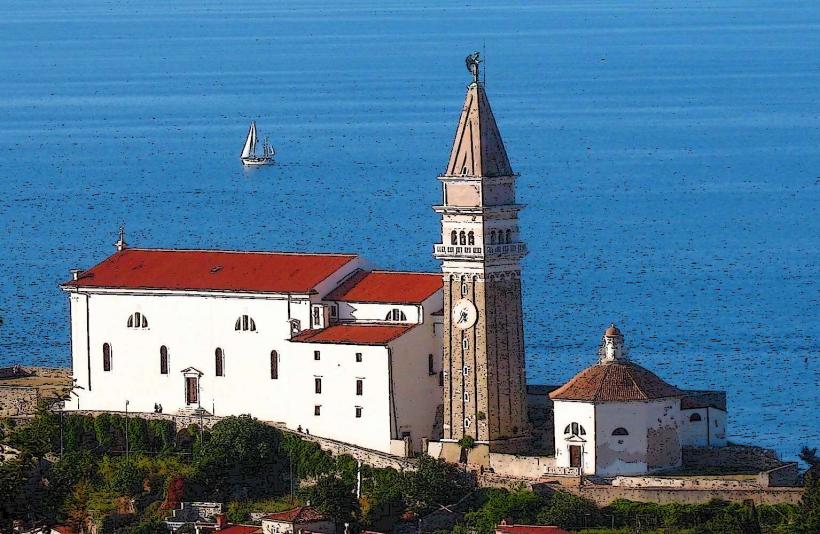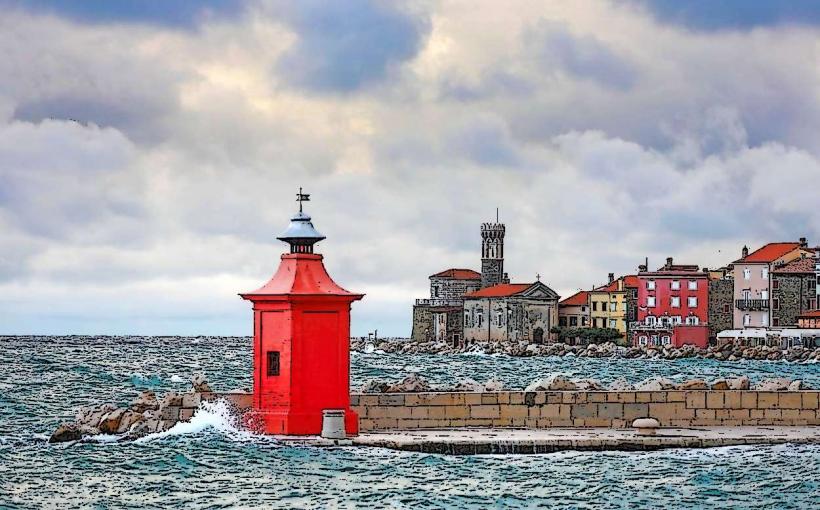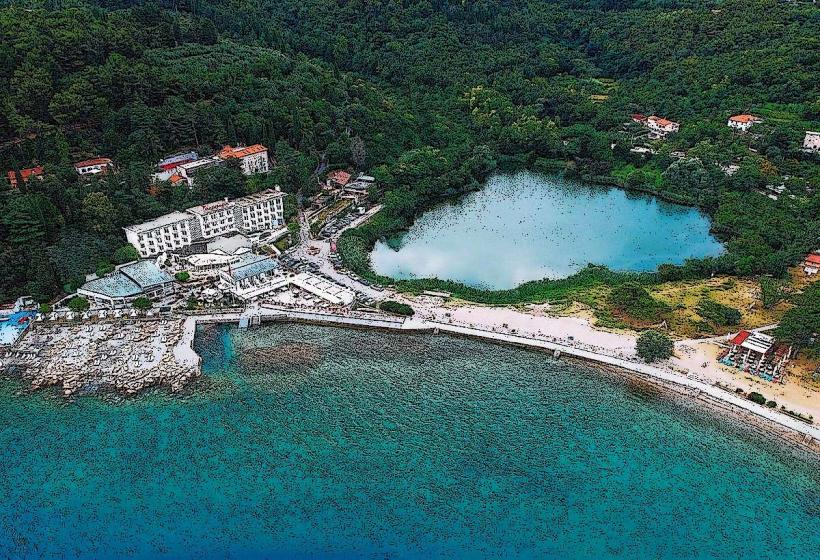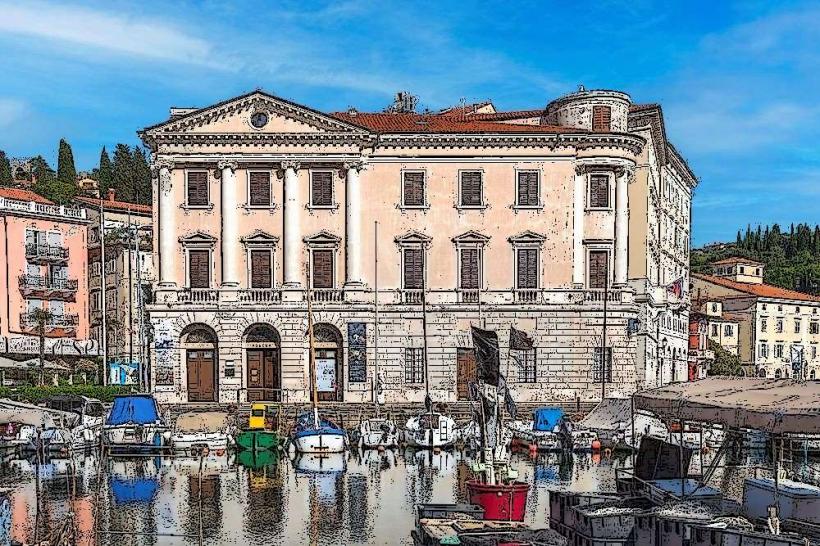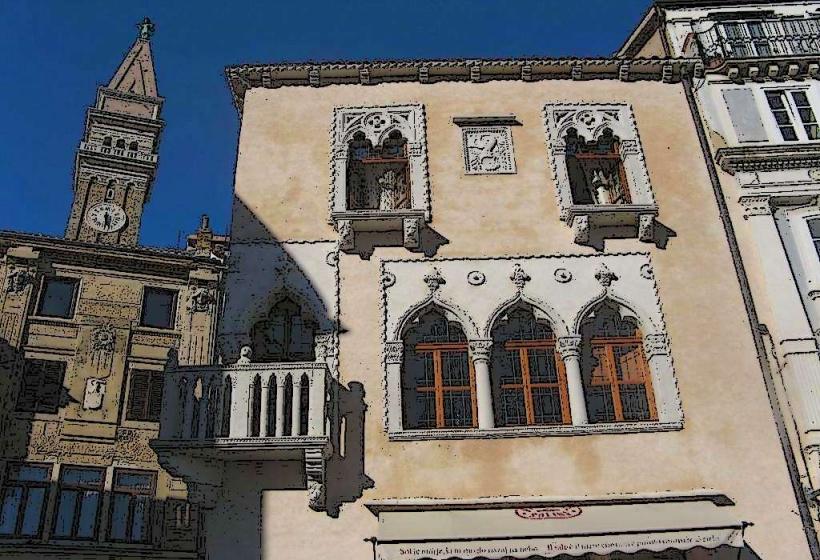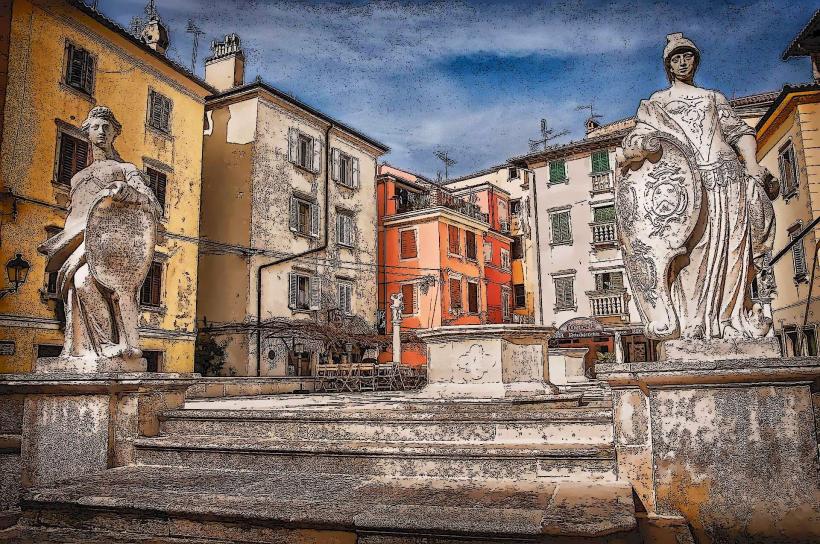Information
Landmark: Maritime MuseumCity: Piran
Country: Slovenia
Continent: Europe
The Maritime Museum (Slovene: Pomorski muzej) in Piran, Slovenia, is a fascinating institution dedicated to preserving and showcasing the rich maritime history and heritage of the Slovenian coast and the broader Adriatic Sea region. The museum highlights the significant role of maritime trade, fishing, and naval history in shaping the culture and economy of the region, with a particular focus on Piran's historical connections to the sea.
Overview
- Name: Maritime Museum (Pomorski muzej)
- Location: Piran, Slovenia
- Type: Cultural and historical museum
- Focus: Maritime history, Adriatic Sea, Piran’s naval past
- Established: 1992
- Collections: Nautical instruments, ship models, maritime artifacts, historical documents
Exhibits and Collections
Ship Models:
- The museum displays a variety of ship models, showcasing the evolution of seafaring vessels over the centuries. This includes traditional ships, such as fishing boats and merchant vessels, as well as naval ships that played a key role in the region’s maritime history.
Maritime Tools and Equipment:
- The museum houses a collection of nautical instruments and tools once used by sailors and fishermen, including compasses, sextants, navigational charts, and fishing gear. These items help illustrate the technical aspects of maritime life and how seafaring and fishing were once carried out along the Slovenian coast.
Historical Documents and Photos:
- There are numerous historical documents and photographs on display, depicting Piran’s role as an important maritime hub in the Adriatic. Visitors can see old maps, shipping logs, and photographs of the town and its port, giving insight into the growth and development of Piran's maritime trade over the years.
Fishing and Commercial Maritime Displays:
- The museum also highlights the fishing industry and the commercial trade that has been central to the local economy for centuries. Exhibits include fishing nets, tools, and artifacts related to the everyday life of fishermen who worked along the coast. It also explores the importance of shipping routes that passed through the region, focusing on the economic and cultural exchanges that occurred between Piran and other ports on the Adriatic Sea.
Nautical Art:
- The museum also features nautical art, with paintings and sculptures depicting ships, the sea, and port life. This artwork helps illustrate the cultural significance of the sea and its impact on the local identity of Piran.
Naval History:
- The museum showcases the history of naval warfare in the Adriatic Sea, highlighting the naval engagements, fleets, and maritime strategies used by various nations, including the Austro-Hungarian Empire and the Venetian Republic, both of which had a strong influence on the region’s maritime history.
Museum Highlights
Interactive Displays:
- Some sections of the museum feature interactive displays, such as scale models of ships that visitors can explore. These displays provide hands-on learning experiences for younger visitors or those interested in maritime engineering.
Maritime Literature and Archival Resources:
- The museum is also home to a library with a wealth of maritime literature, including historical books, journals, and research papers. This makes the museum a valuable resource for researchers and history enthusiasts.
Temporary Exhibitions:
- The museum often hosts temporary exhibitions focused on specific themes related to maritime history, including special exhibitions on shipwrecks, notable naval figures, and significant events in maritime history.
Educational Role
- The Maritime Museum serves as an important educational institution, especially for students and those interested in the sea and maritime professions. The museum offers educational programs, workshops, and guided tours for schools and visitors, providing insights into the region’s rich maritime heritage.
- For anyone interested in the history of Piran and the Slovenian Adriatic, the museum offers a comprehensive look at how maritime activity has shaped the culture, economy, and identity of this beautiful coastal region.
Museum Location
- The Maritime Museum is located in the historic center of Piran, close to other important landmarks such as Tartini Square and the Piran Harbor. Its central location makes it an easy and convenient stop for tourists exploring the town.
- The museum is housed in a historic building, adding to the authenticity of the exhibits and offering visitors a chance to experience both the history and the setting of Piran’s seafaring past.
Visitor Information
- Opening Hours: Typically open year-round, but hours may vary by season. It is best to check in advance for exact timings.
- Admission: Entrance fees are generally modest, with discounts available for students, children, and senior citizens.
- Facilities: The museum is equipped with basic visitor facilities, including restrooms, a gift shop with maritime-themed products, and a small café for refreshments.
Conclusion
The Maritime Museum in Piran is an enriching experience for anyone interested in the maritime heritage of Slovenia and the Adriatic region. Through its extensive collection of artifacts, ship models, and historical documents, the museum offers a unique glimpse into the lives of sailors, fishermen, and merchants who once worked in the Adriatic Sea. Whether you're a history enthusiast, a maritime expert, or a casual visitor, the museum is a must-visit destination to better understand the deep maritime connections of the town of Piran and the broader Adriatic coast.

